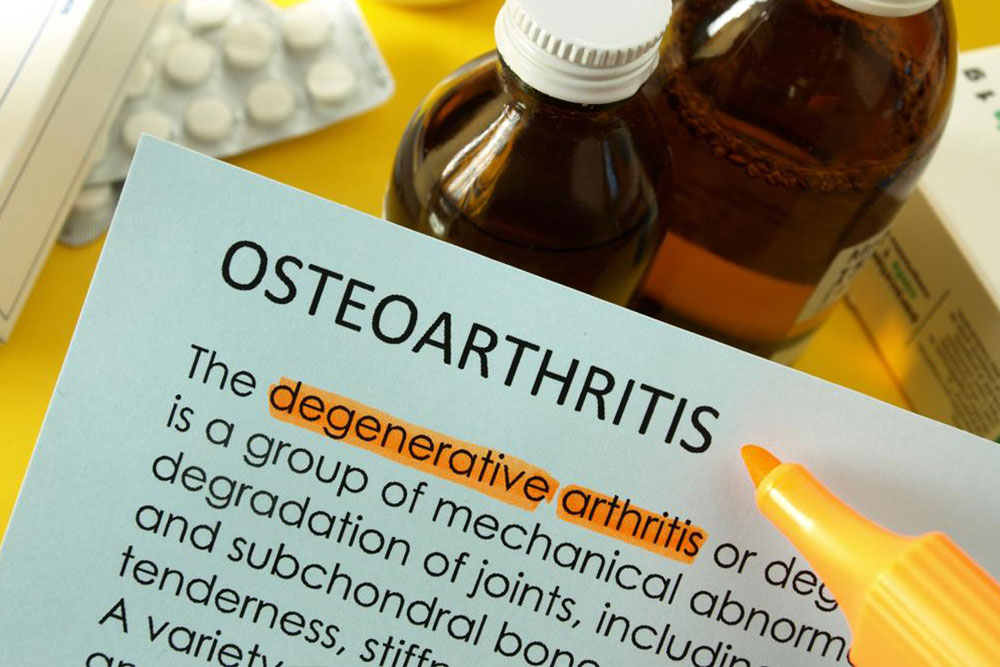Top Non-Surgical Methods for Managing Joint Discomfort
Explore effective non-surgical approaches to treat joint pain, including physical therapy, medications, support devices, and weight management. Learn how these options can improve joint health, reduce pain, and enhance mobility, helping individuals avoid surgery when possible.

Top Non-Surgical Methods for Managing Joint Discomfort
Joint discomfort can stem from various causes such as arthritis, injuries, ligament tears, or cartilage wear. While the treatment plan depends on the root cause, surgery is typically a last resort. Most patients prefer non-invasive methods initially, turning to surgical options only if these treatments are ineffective. Understanding these alternatives helps individuals make informed decisions about managing their joint pain effectively.
Physical Activity and Rehabilitation
For mild to moderate pain, doctors recommend gentle exercises like walking that do not strain the joints. These activities play a key role in joint health and pain relief.
Proper physical activity strengthens muscles, nourishes cartilage, and extends joint longevity. Custom-tailored exercise plans often include physiotherapy, nerve stimulation, cold therapy, and heat treatment to ease pain, increase mobility, and support joint integrity.
Anti-Inflammatory Medications
Over-the-counter NSAIDs, such as ibuprofen, naproxen, acetaminophen, aspirin, and Advil, are among the most commonly used medications for non-invasive joint pain relief. These drugs mainly target pain, but may not reduce inflammation. Use should always be under medical supervision.
Support Devices
Splints and braces are common treatments to stabilize affected joints, improve alignment, relieve pressure, and reduce pain. The choice of device depends on the specific joint condition and cause.
Injectable Steroids
Corticosteroid injections, like prednisone, are used to directly reduce inflammation and joint pain. While effective, long-term use is discouraged due to potential side effects such as cataracts, elevated blood sugar, and calcium loss.
Weight Control
Maintaining a healthy weight can significantly lessen joint stress, especially in weight-bearing joints like the knees, thus alleviating pain and improving joint function.









